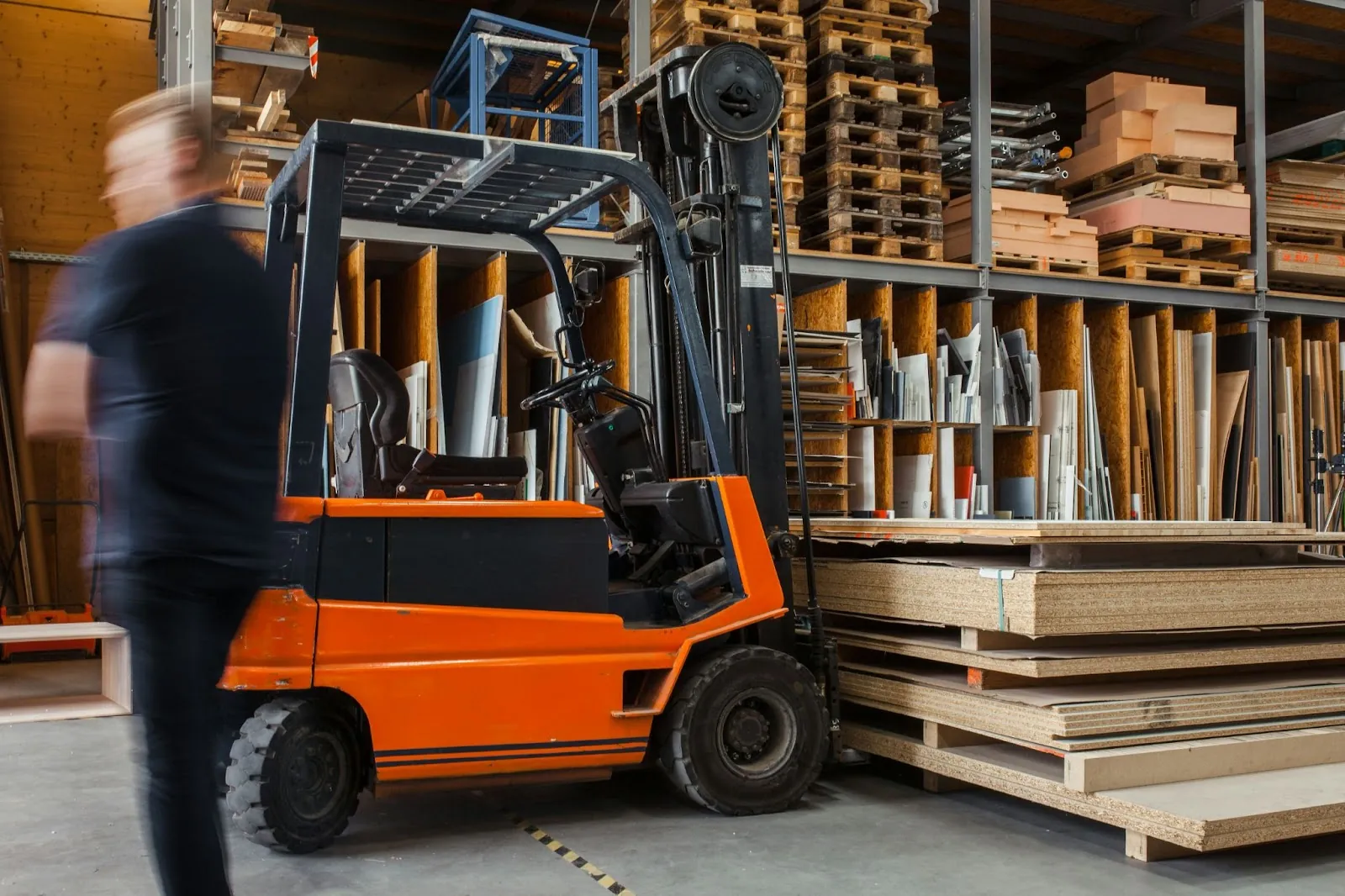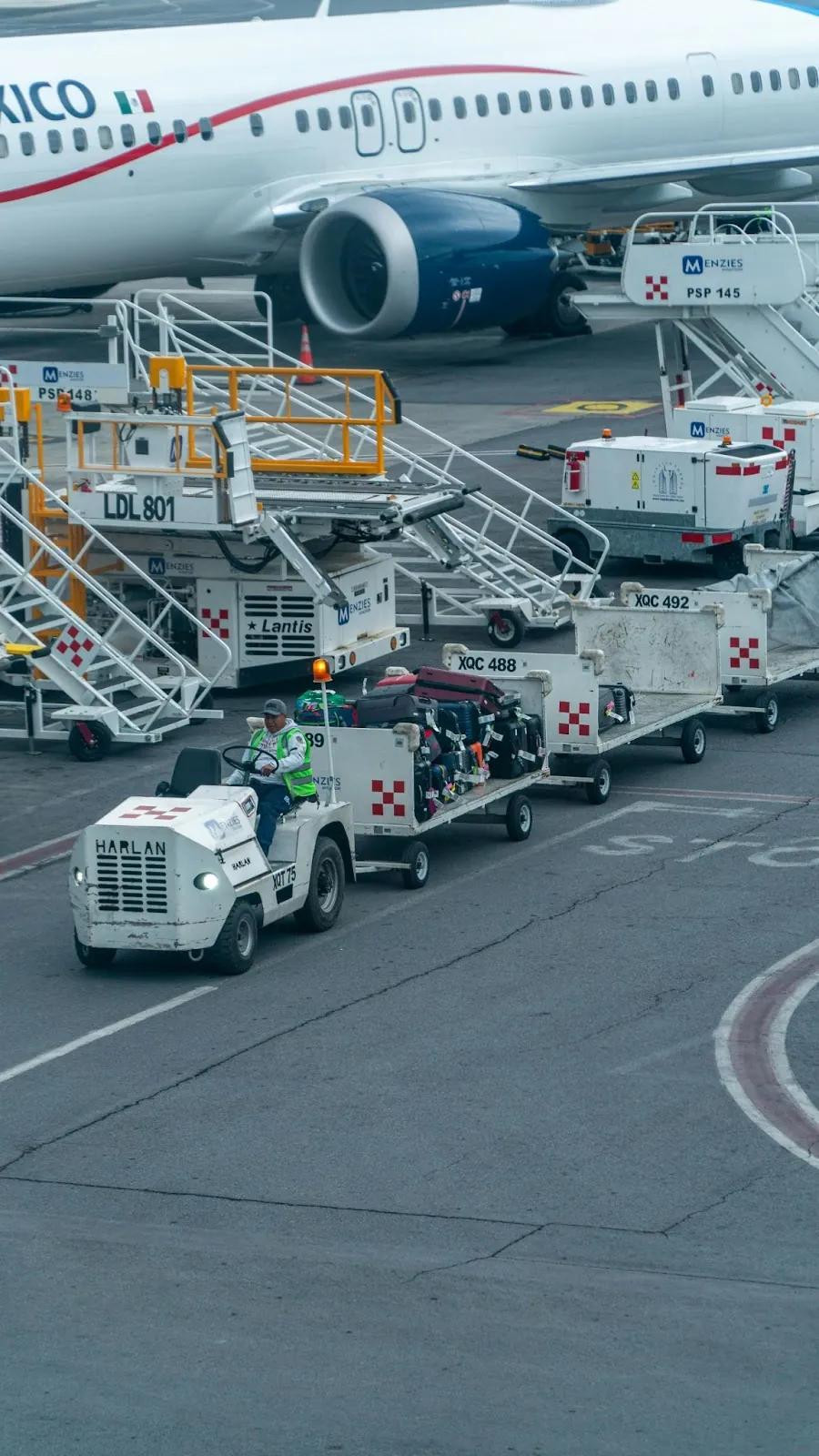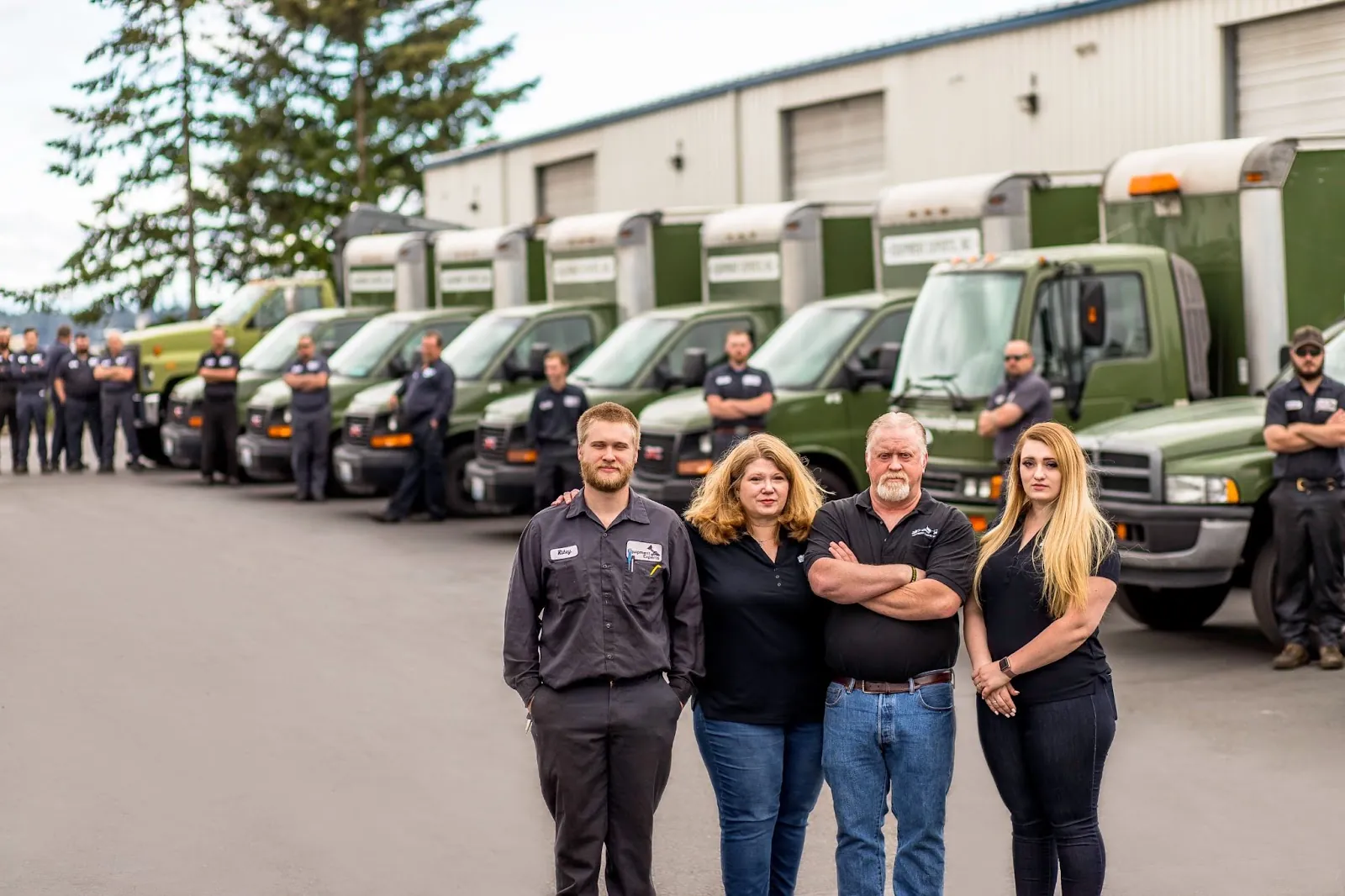
Thinking of renting, buying, or using a forklift? Indeed, with so many different forklift classifications to choose from, knowing which forklift to use can be confusing.
Plus, choosing the wrong forklift for your task can even violate OSHA standards.
Whether you’re looking for a lift that can handle the great outdoors, or are trying to learn which to use to meet OSHA standards, we’ve got your back.
Furthermore, Equipment Experts, Inc. has provided fleet managers and operators with sound fleet maintenance and forklift support for more than 20 years,
Join us! We’ll explore forklift classifications 1-7 and other common questions about these dependable lifts.

Seven different forklift classifications exist, including the following:
First, let’s take a look at what each includes in the following sections.

Of the seven different forklift classes, class 1 forklifts may be the most versatile forklifts. Class I forklifts have electric motors and operators.
You may have heard of these forklifts called counterbalanced. That’s because they use a heavy battery for power, and the battery acts as a counterweight.
These forklifts come with cushion or pneumatic tires and in three or four-wheel set-ups. Cushion-tire class I forklifts are best suited for flat, indoor surfaces.
Pneumatic tire class I forklifts are used for outdoor applications. Finally, these forklifts tend to be more expensive than their cushion-tire forklifts.
Benefits of class I forklifts include:
Class I forklifts are some of the most versatile and popular forklifts on the market today. But, if you’re looking to work in tighter spaces, though, class II forklifts are your best bet.

Class 2 forklifts are for tight spaces. Furthermore, these forklifts help operators work in small spaces and in close spaces.
Designed with attachments, class 2 forklifts help operators do tough-to-reach jobs. Order pickers, reach trucks, stand-up riders, and side loaders are common examples of class II forklifts.

This class of forklift is best for low lifts. Class 3 forklifts are useful for moving goods around the floors of a warehouse.
Common class 3 forklifts include hand trucks. These truckers are operable at the rear of a truck. Some operators walk and ride these forklifts, while others sit on them, as is the case with motorized pallet jacks.

Class IV forklifts run on diesel, gasoline, liquefied petroleum (LP) gas, and compressed natural gas. They’re used indoors and outdoors, and they operate on dry and smooth surfaces.
Yet, what makes class 4 forklifts different from the other seven classes of forklifts is that they work low to the ground. Furthermore, these forklifts are great because they’re able to work on low-clearance applications.

Class V forklifts are one of the most flexible classes of the seven different classes. These lift trucks can be used inside or outside and are a popular choice for warehouse operators.
Best of all, these forklifts are suited for rugged outdoor applications. Operators can fit these lifts with tougher, pneumatic tires (to reduce the risk of punctures). In addition, these forklifts are powered by compressed diesel, natural, and LP gas.

You may also hear this type of forklift called a tow tractor. Class 6 forklifts transport materials and other goods.
They’re often found at airports pulling stacks of luggage. Furthermore, these forklifts do more pulling and tugging than lifting. Class 6 “tuggers” use internal combustion or electricity for power.

Construction site operators, auto recycle plant owners, and lumber yard professionals: class VII forklifts are for you. These power trucks come packed with power and heavy-duty lift support.
Class 7 forklifts are almost always powered by diesel. These forklifts come in two or four-wheel set ups.
Many of these trucks often come with masts for tough-to-reach spots. Class VII forklifts use large, pneumatic tires, making them great for rough terrain.
“Every one of Equipment Experts, Inc.’s forklift repair packages comes with a complimentary undercarriage inspection, complete hydraulic fork inspection, detailed equipment maintenance check, and dedicated controls inspection.” – Stacy Conner, Founder and Owner of Equipment Experts, Inc.

The seven classifications and different types of forklifts are as follows:
Finally, each class come with different forklift controls, so it’s best to study up before buying or leasing. But, you can always reach out to an expert forklift mechanic to better understand the ins and outs of forklifts.
Whether you’re trying to figure out if cushion or pneumatic tires are best for your forklift fleet, or need a second opinion on how to keep your forklift in tip-top shape, we’re always here for you. Don’t hesitate to reach out to our diesel repair mechanics for forklift support. We’d be more than happy to help!

The Occupational Safety and Hazard Association (OSHA) describes seven types of forklifts on its website.
The forklift classifications from 1-7 are:
Internal combustion-powered forklifts may deliver more power and can take various fuels. Also, electric forklifts may be quieter, better for the environment, and have lower operating costs than internal combustion-powered forklifts.
Furthermore, research suggests that the demand for forklifts will increase over the next decade. In other words, it can be hard to go wrong with either type of forklift.